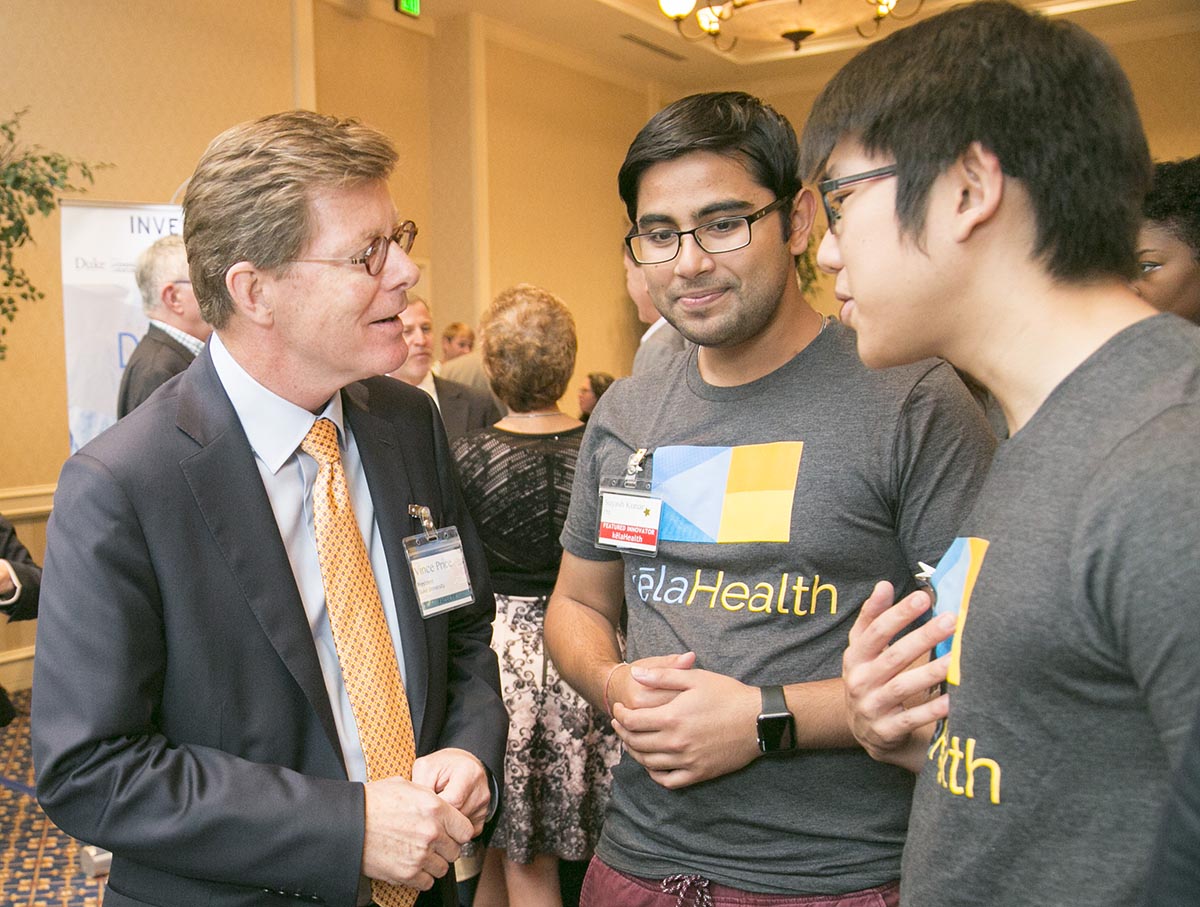The emerging gene therapy is just the latest development for a team of scientists at Duke that has been working for three decades to study the causes and potential treatments for glycogen-storage diseases and specifically Pompe.
“When we enter our careers in the field of genetics, we are faced with the many unmet needs for patients with rare diseases,” said Priya Kishnani, M.D., chief of the medical genetics division at the Duke University School of Medicine. “Before enzyme replacement became available for Pompe disease, we would continue to give parents bad news — take your beautiful baby home; he or she will die within their first year of life. I knew we had to do something about this.”
Kishnani has researched Pompe for 25 years, beginning under prominent geneticist Y.T. Chen, the previous chief of the medical genetics division at Duke. In the 1990s and 2000s, Chen and Kishnani worked with biotech firm Genzyme to develop ERT and lead clinical trials.
Since then, Kishnani and dozens of other Duke physicians have been national leaders in Pompe disease, continuing to research the condition, improve the delivery of ERT, manage immune responses to the drug and improve genetic counseling for families.
The Duke team has also helped develop a blood test to diagnose Pompe and a biomarker to monitor severity of the disease and patients’ response to treatment. For nearly 10 years, Kishnani has led a group of physicians to advocate nationally for universal newborn screening, which became a formal recommendation of the U.S. Department of Health and Human Services in 2015. The team’s next step is to develop small molecule or oral drugs that could suppress the buildup of glycogen in the muscles.
“There’s a rich heritage of expertise on glycogen storage disease at Duke, spanning about 40 years,” Kishnani said. “We have continued to grow from the era of cloning genes to developing animal models, to collaborating with pharma to conduct clinical trials here at Duke. I think we have come full circle, from bench to bedside and back to the bench in every aspect of the disease.”
Each year, the research team led by Dr Kishnani hosts patient reunions for both adult and pediatric patients, who travel from around the world for the event.
Pediatric participants include some children who have done so well on treatment, they are entering college.
Haley Hayes, 12, is one of those children, having grown up traveling to Duke for regular treatments and checkups. She has served as an outspoken advocate for research and newborn screening for Pompe disease, and the subject of a video profile by Duke Health videographer Shawn Rocco.
Disclosures: Koeberl developed the technology that is being used in the clinical trial of gene therapy. If the technology is commercially successful in the future, the developers and Duke University may benefit financially. Koeberl has received research and grant support from Sanofi Genzyme Corporation in the past, and the rhGAA (enzyme replacement agent) used in the development of the experimental therapy was supplied by Sanofi Genzyme. Koeberl and Kishnani hold equity in a company that will manufacture the gene therapy.






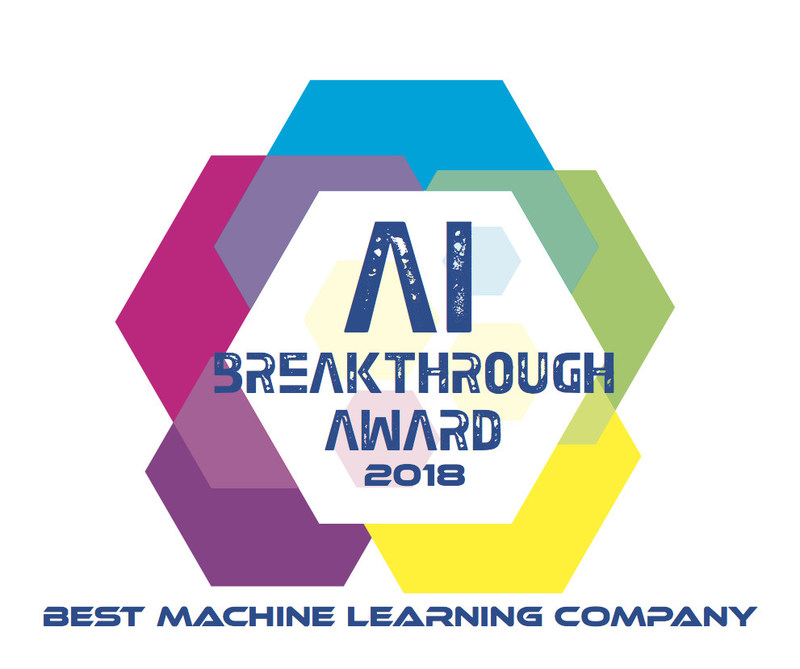



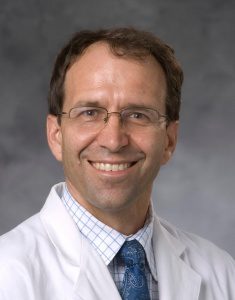
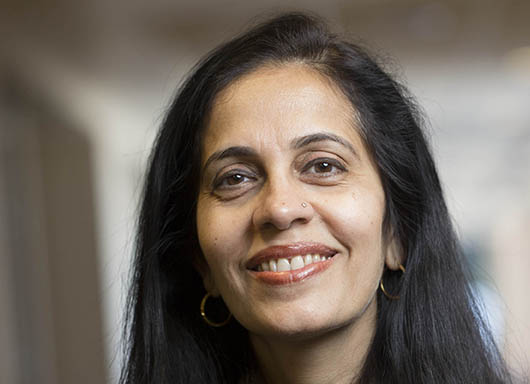
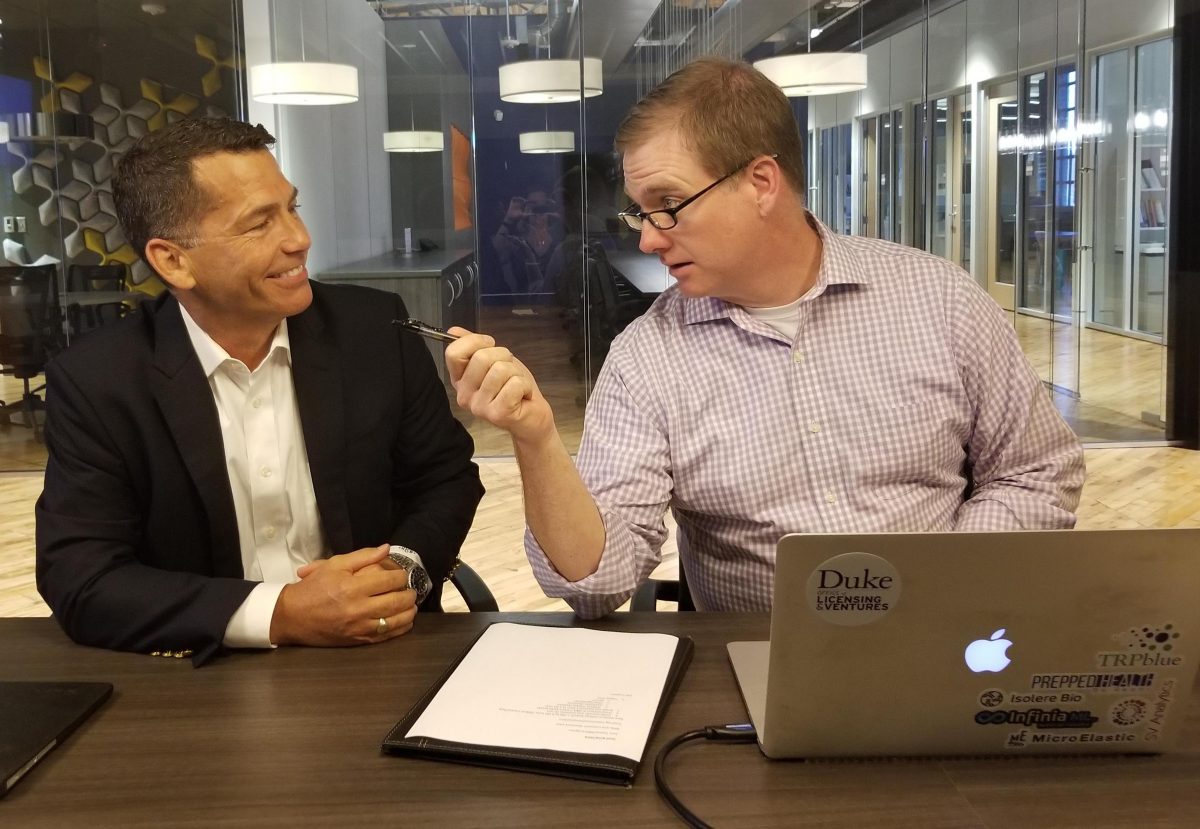


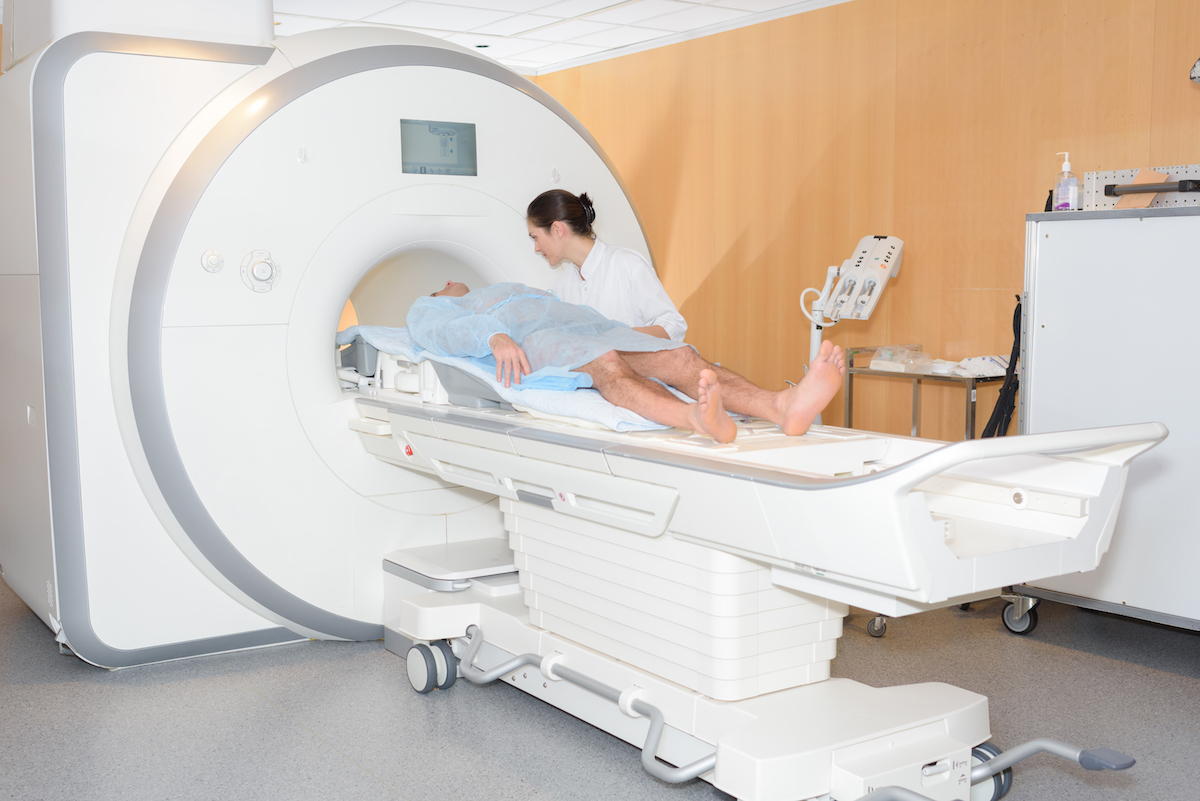

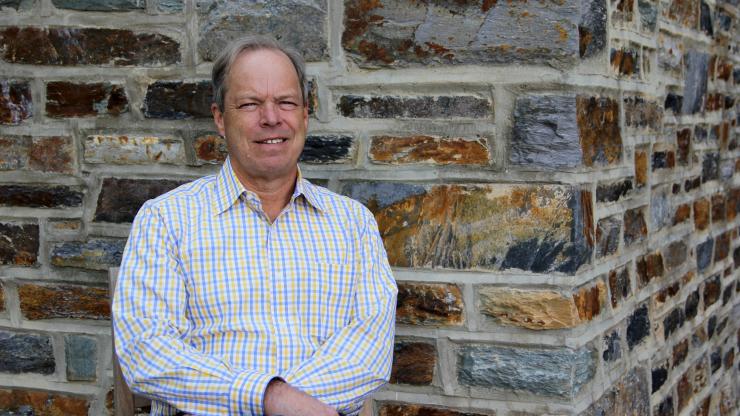

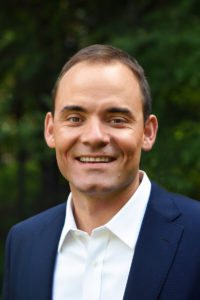

 “It is only fitting,” said Rasor, “that OLV and BME have partnered together in the EIR and MIR programs, given that BME is one of the preeminent entrepreneurial department at Duke.”
“It is only fitting,” said Rasor, “that OLV and BME have partnered together in the EIR and MIR programs, given that BME is one of the preeminent entrepreneurial department at Duke.”